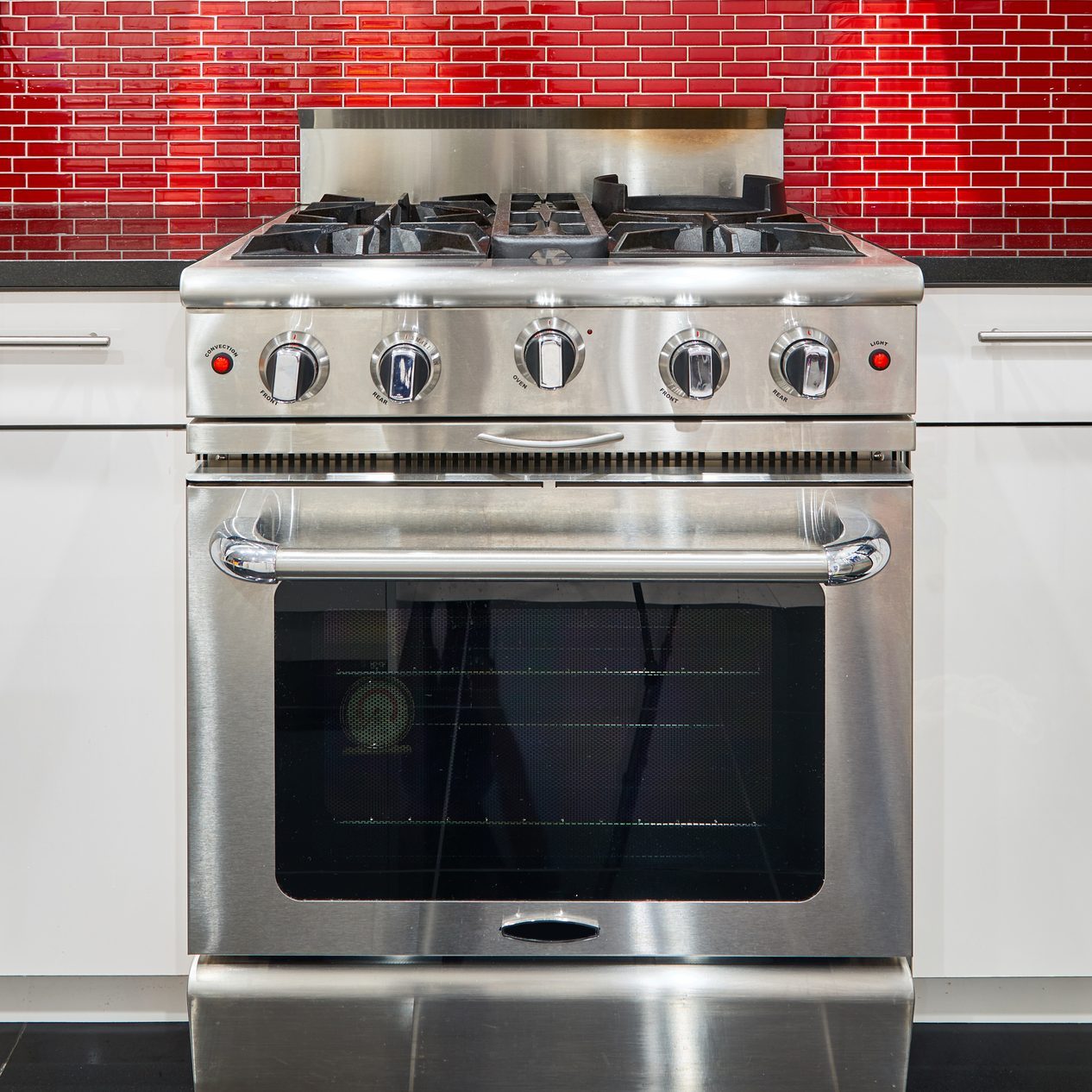According to appliance repair pro Scott the Fix-It Guy, you need to think twice before firing up your oven's self-cleaning cycle.

Why You Shouldn’t Use Your Oven’s Self-Cleaning Feature

In my more than 30 years as an appliance repair pro, the number one call I get for ovens is to make them work again after the caller used the self-cleaning feature. An oven that self-cleans is certainly appealing, but when considering the risk-to-benefit ratio, it’s analogous to swimming in shark infested waters. There’s no guarantee that you’ll be bitten by a shark, but it’s highly likely. Using the self-clean feature of your oven doesn’t guarantee an expensive repair, but, based on my experience, it’s probable.
On This Page
How Does an Oven Self Clean?
A self-cleaning oven incinerates the crumbs and grease in your oven and turns them into ashes. It does this by bringing the interior temperature of the oven to almost 1,000 F for three to five hours. And, therein lies the problem. That much heat can damage oven components.
What Components Can Be Damaged By the Self-Cleaning Cycle?
These are the parts that are most at risk.
- The high-limit switch, which is the component most likely to fail. When the oven gets that hot, it can break the power connection to the elements or igniters, so none of the heating features of your oven will work, and you’ll probably hear the cooling fan kick on when you use the oven. Replacement of the high-limit switch requires a pro and costs around $200.
- The door lock remains locked past the two-hour cooling time. If you can’t open the oven door after it’s cooled down, you need a pro to fix it. Another $200.
- Melted bake, broil or convection elements. Replacement requires a pro and costs $200 to $300.
- Fried relay board or controller. Super-high heat vented during self-cleaning damages components on the circuit board. The fix requires a pro and can cost $300 to $600.
- Melted knobs. Easy to replace. Pretty inexpensive and easy to DIY.
- Burst oven light bulb.. Inexpensive and easy to DIY.
Is It Safe To Self Clean an Oven?
The answer is no and here are a few of the dangers associated with using the self-cleaning feature of your oven.
- Carbon monoxide is released as the oven dirt and grease are incinerated. The more dirt and grease at the start of the cycle the more CO is released. Unlike your water heater and house heater that also produce CO, your oven does not vent this dangerous gas outside your house. Instead, the CO gas is allowed to vent into your kitchen. There currently is no clinical evidence regarding how much CO is released during the self-clean cycle.
- Touching the oven at any time during the four-to-six-hour self-cleaning cycle can cause severe burns. In the oven user manual, most oven manufacturers warn that small children and pets must be kept out of the kitchen during the self-cleaning cycle.
- There is a possibility of oven catching on fire, and causing a house fire.
Is There Any Benefit To a Self-Cleaning Oven?
The answer is yes, and here’s why.
Self-cleaning ovens require much more insulation around the oven chamber. That insulation prevents excessive heat (during the self-clean cycle) from causing the cabinet around the oven to catch on fire. That extra insulation prevents heat loss during normal baking or roasting. Consequently, the oven is more efficient, which saves money.
In fact, a self-cleaning oven costs about $100 more than a regular oven, but over four to five years of baking, that $100 should be made up from energy savings due to the upgraded insulation.
How Should I Clean My Oven?
Clean your oven without using the self-clean feature or harsh chemicals with items you already have at home. You can also steam clean your oven.
If it’s only the oven door glass that’s dirty, remove the door panel and get the glass as clean as new. And, some people swear that dishwasher tablets make great oven cleaning tools.




















